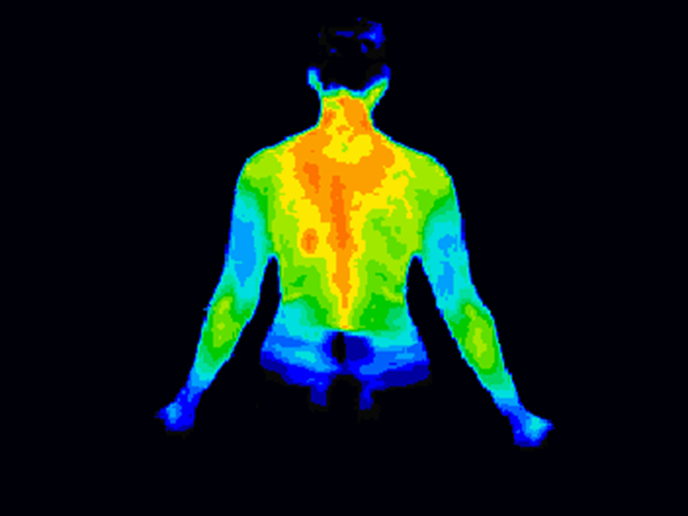New insights into the mechanism driving obesity
According to the Eurostat website, half of the adult EU population are overweight and 16% are clinically obese. However, the most striking and worrying data is about children, where it is reported that one in three European children is either overweight or obese. Given the associated health consequences of obesity, this is a serious concern. The EU-funded NeuroEE project sought to provide insights into thermogenesis (the way the body produces heat) in brown adipose tissue to understand how increased energy expenditure can be harnessed to reduce body weight. Understanding this may aid in the development of new therapies and medications to improve lives of those suffering from obesity and related diseases. As a recipient of a Marie Skłodowska-Curie fellowship, lead researcher Dr Pablo Blanco Martínez de Morentin was able to make a key discovery, “I found that disruption in the function of a particular population of cells in the brain is sufficient to affect overall body weight by specifically increasing brown adipose tissue thermogenesis and energy expenditure. This could have important implications for the future prevention and treatment of obesity.” A fine balance between brain and body The project considered the dynamic between energy expenditure and homeostasis. In some situations, energy expenditure can be in the form of heat release, as nutrients can also serve as fuel in thermogenesis. Brown adipose tissue is a specialised tissue in our bodies that controls thermogenesis, and its main regulator is the neurotransmitter norepinephrine which is released from the sympathetic nerves. Dr Martínez de Morentin’s previous research indicated that a critical node between the ventromedial hypothalamus to brown adipose tissue is the raphe pallidus, a brain region known to control the activity of spinal cord norepinephrine-producing cells that regulate the activity of brown adipose tissue. This tissue, in turn, influences the energy expenditure. “My work centred around finding the specific brain signals that tell the norepinephrine cells to do this.” Supervised by Professor Lora Heisler, one of the leaders in field of the relationship of the neurotransmitter serotonin and obesity, Dr Martínez de Morentin is grateful to have been given the opportunity to conduct the research both on a scientific and personal-development level. “I was given the opportunity to lead a project, not only scientifically, but also from a professional, managerial and financial perspective. I believe that this has had a major impact on my career development and am very thankful to the European Commission and Professor Heisler for this opportunity.” The NeuroEE project was conceived as a study to understand the underpinnings of the process that regulates body weight. Now Dr Martínez de Morentin hopes his findings will feed into the design of new medications that may ultimately assist with weight loss in those individuals where diet and exercise alone have not been successful, but where weight loss is essential to improve health. “One of the key discoveries from this project is the identification of a new population of cells located within the brain that reduce body weight by increasing thermogenesis and energy expenditure. My goal is to take this discovery further and clarify how these cells perform this essential function.”







